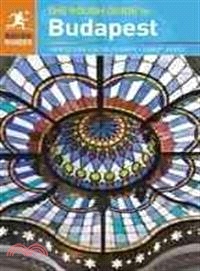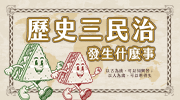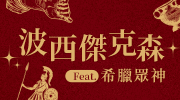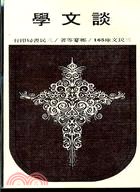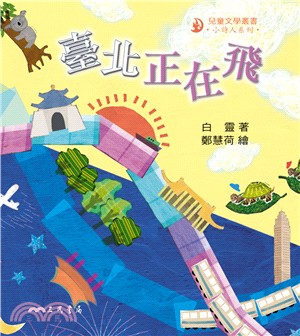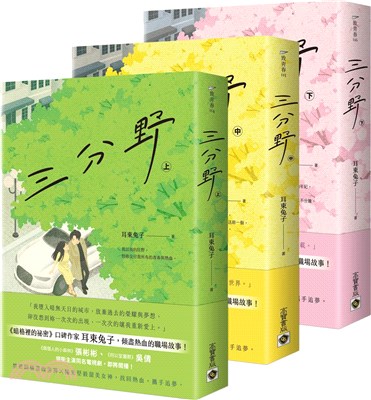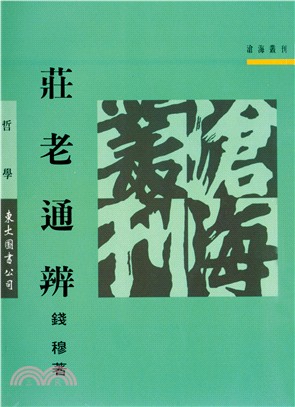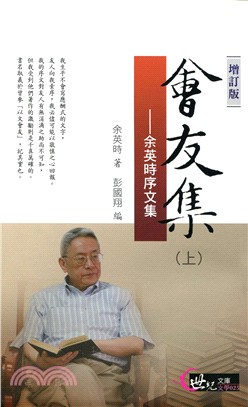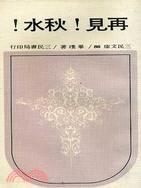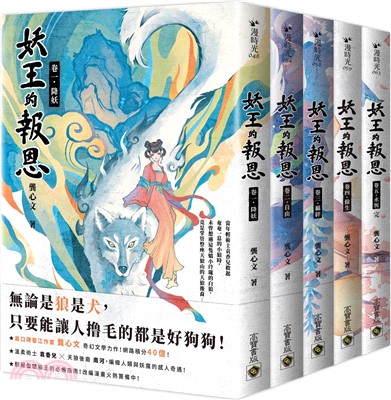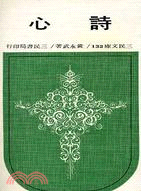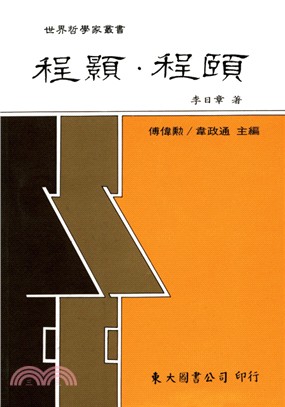The Rough Guide to Budapest
商品資訊
系列名:Rough Guide to Budapest
ISBN13:9781405389679
替代書名:The Rough Guide to Budapest
出版社:DK UK (Dorling Kindersley)
作者:Charles Hebbert; Dan Richardson; Norm Longley (CON)
出版日:2012/05/01
裝訂/頁數:平裝/243頁
規格:20.3cm*12.7cm*1.9cm (高/寬/厚)
商品簡介
With its wonderful natural setting, straddling the River Danube, its beautiful architecture and excellent Magyar cuisine, Budapest is one of the most satisfying cities in Europe to visit. Its magnificent waterfront and boulevards invite comparisons with Paris, Prague and Vienna - as do many features of its cultural life such as its coffee houses, its love of opera and its wine-producing tradition. However, the city is also distinctively Hungarian, its inhabitants displaying fierce pride in their Magyar ancestry. Their language too, whose nearest European relatives are Finnish and Turkish, underlines the difference.
Ironically, provincial Hungarians have long regarded Budapest as a hotbed of alien values and loose morals - a charge that misses the point. Foreigners have played a major role in the city since its inception, and the Chinese and Arab communities established since the end of Communism simply bring it up to date as an international city. Even the sex trade that has earned it the reputation of the "Bangkok of Europe" is nothing new, having been a feature of life during Habsburg times. In politics, art and much else, Budapest is not only the capital but a catalyst for the country, without which Hungary would be a far duller place.
Fundamental to the city's layout and history is the River Danube - which is seldom blue. It separates Buda on the hilly west bank from Pest on the eastern plain. Varhegy (Castle Hill) on the Buda side was for many centuries the seat of monarchs, and its palace, museums, churches and Baroque streets make it the obvious place to start sightseeing. Thereafter, you can wander through the Vizivaros (Watertown) below the hill, before pushing on to Gellert-hegy (Gellert Hill), with its crags and towering Liberation Monument. The historic Turkish baths in the Taban quarter between the two hills are also well worth experiencing.
Over in Pest, you're likely to spend most of your time enjoying the streetlife, bars and restaurants within the Belvaros (Inner City) and the surrounding districts. In contrast to the medieval street plan of Varhegy and the Belvaros, these surrounding districts are defined by two semicircular boulevards - the Kiskorut (Small Boulevard) and the Nagykorut (Great Boulevard) - and radial avenues such as Andrassy ut and Rakoczi ut. Exploring the area between them can easily occupy you for several days.
In the Lipotvaros, the financial and government centre, the interest lies in St Stephen's Basilica, the monumental Parliament building rivalling the Varhegy across the Danube, and some wonderful buildings around Szabadsag ter (Liberty Square), including one by Odon Lechner, whose work is often likened to Gaudi's in Barcelona. In the Terezvaros one can hardly avoid making comparisons with Paris, as Andrassy ut and the Opera House were clearly inspired by Haussmann's work for Napoleon III. Andrassy ut terminates at Hosok tere (Heroes' Square), a magnificent imperial set piece that is Budapest's Les Invalides and Nelson's Column rolled into one.
Of the remaining inner-city districts, the Erzsebetvaros and Jozsefvaros hold the most appeal. The former is traditionally Budapest's Jewish quarter, with a rich and tragic history that's still palpable in the backstreets, making them a wonderful place to explore. The great synagogue on Dohany utca provides more historical information. The adjacent Jozsefvaros is also fascinating but quite seedy in parts, though there's nothing to fear in the vicinity of the National Museum, or even at Kerepesi Cemetery, out beyond the Nagykorut. In Ferencvaros, the attractions are the Great Market Hall on the Kiskorut, and the Applied Arts Museum further out, in an amazing building by Lechner.
Other parts of the city are also rewarding, but you need to be selective. Obuda (Old Buda) really only lives up to its name in one locality, though its postwar sprawl harbours several Roman remains, with the ruins of Aquincum further out in Romai-Furdo. More alluringly, there are the Buda Hills that encircle the city to the west, with enjoyable rides on the Cogwheel and Children's railways, and intriguing caves to be visited. In fine weather people also flock to Margit sziget (Margit Island) to swim and sunbathe at two enormous lidos.
Further out, but still within the city limits, the Statue Park of redundant Communist monuments and the Rail Heritage Park of steam trains rate as major attractions, while the Budakeszi Game Park and two romantic cemeteries might not be everyone's idea of fun, but can claim many admirers.
One of the great things about Budapest is that most of its pleasures are affordable for visitors on a tight budget. Delicious meals can be had all over the city, and discovering things for yourself can be half the fun. Though Hungarian cuisine is noted for its richly sauced meat and fish dishes, there are enough alternatives (Indian, Chinese, Italian, Middle Eastern) for vegetarians to enjoy themselves too.
Budapest's nightlife is also very affordable and, though small, it caters for a wide range of tastes. There isn't always much of a distinction between clubs and bars, as many bars play live music or have a disco; beer halls, however, usually serve full meals. Generally, the scene is trouble-free and welcoming, with a whole network of events that are surprisingly accessible. This is especially true of the Tanchaz (Dance House) scene, where Hungarians of all ages perform wild stamping dances to the rhythms of darkest Transylvania, and internationally renowned artists like Marta Sebestyen appear in an informal setting.
In the case of classical music and opera, world-class ensembles and soloists can be enjoyed in the palatial settings of the Vigado and State Opera House, especially during the major festivals in spring, summer and autumn. You can also go to outdoor concerts on Margit sziget (Margit Island) over summer. For fans of pop, rock and world music, the two big events are the Budapesti Bucsu, first held to celebrate the departure of Soviet troops in 1991, and the Sziget Festival, which claims to be the largest in Europe.
作者簡介
Dan Richardson is author of Rough Guides to Egypt, Moscow and St Petersburg.
主題書展
更多書展今日66折
您曾經瀏覽過的商品
購物須知
外文書商品之書封,為出版社提供之樣本。實際出貨商品,以出版社所提供之現有版本為主。部份書籍,因出版社供應狀況特殊,匯率將依實際狀況做調整。
無庫存之商品,在您完成訂單程序之後,將以空運的方式為你下單調貨。為了縮短等待的時間,建議您將外文書與其他商品分開下單,以獲得最快的取貨速度,平均調貨時間為1~2個月。
為了保護您的權益,「三民網路書店」提供會員七日商品鑑賞期(收到商品為起始日)。
若要辦理退貨,請在商品鑑賞期內寄回,且商品必須是全新狀態與完整包裝(商品、附件、發票、隨貨贈品等)否則恕不接受退貨。



